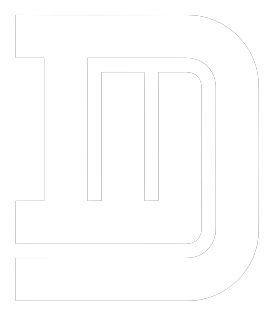Shareware, freeware, public domain, and open-source software differ in terms of their ownership, licensing, distribution, and how users are allowed to use, modify, and distribute the software.
Shareware:
Shareware is software distributed on a trial basis for free or at a reduced cost. The idea behind shareware is to allow users to try the software before they buy it. After the trial period, users are usually prompted to purchase a license to continue using the software. Shareware is usually created by independent software developers and small software companies and can range from simple applications to complex software packages.
Shareware helps creators get their word out and encourage sales.
Freeware:
Freeware is software made available for free and can be used by anyone without any obligation to pay. Unlike shareware, freeware is not distributed on a trial basis, and there is no time limit on its use. The creator of the software may still hold the copyright and may place some restrictions on how the software can be used, such as prohibiting commercial use or limiting modifications. Hobbyist programmers or non-profit organizations often create freeware. It can be an excellent resource for users looking for free and simple software solutions.
Public Domain:
Public domain software is not protected by copyright and can be used, modified, and distributed freely by anyone. The software may be released into the public domain by the creator, who has chosen to give up their rights to the software, or because the copyright has expired. Public domain software can be a valuable resource for users who want to use, modify, and distribute the software without any restrictions.
Open-Source Software:
Open-source software is a type of software released under a license that allows users to use, modify, and distribute the source code. Unlike public domain software, open source software is protected by copyright, but the copyright owner has chosen to allow users to use, modify, and distribute the software under certain conditions. Open-source software is often developed by communities of volunteers and is designed to be collaborative and transparent. This allows users to access the source code, make changes, and contribute back to the community.
Comparison Table
Here is a comparison table that highlights the main differences between shareware, freeware, public domain, and open-source software:
| Feature | Shareware | Freeware | Public Domain | Open Source |
|---|---|---|---|---|
| Cost | Paid after a trial period | Free | Free | Free |
| Ownership | Owned by the developer or company | Owned by the developer or company | Not owned by anyone | Owned by the developer or community |
| Licensing | License must be purchased after trial period | Limited use allowed without a license | No restrictions on use, modification, or distribution | Open source license allowing for use, modification, and distribution under specified terms |
| Distribution | Sold by the developer or company or made available for download with limitations | Made available for download with no limitations | Made available for download with no limitations | Made available for download with no limitations |
| Modification | Limited or prohibited | Limited or prohibited | Allowed | Allowed |
| Contribution | Limited or prohibited | Limited or prohibited | Allowed | Encouraged |
| Technical Support | Provided by the developer or company | Limited or not provided | Limited or not provided | Provided by the community or developer |
| Updates | Provided by the developer or company | Limited or not provided | Limited or not provided | Provided by the community or developer |
| Source Code Availability | Proprietary | Proprietary or limited | Not applicable | Available to the public |
| Revenue Generation | Main source of revenue for the developer or company | May generate revenue through advertisements or donations | Not applicable | May generate revenue through donations or custom development services |
| Bug Fixes | Provided by the developer or company | Limited or not provided | Limited or not provided | Provided by the community or developer |
| Customization | Limited or prohibited | Limited or prohibited | Allowed | Allowed |
| Integration | Limited or prohibited | Limited or prohibited | Allowed | Allowed |
| Warranty | Provided by the developer or company | Limited or not provided | Not applicable | Limited or not provided |
| Responsibility | Responsibility lies with the developer or company | Responsibility lies with the user | Not applicable | Responsibility may lie with the community or developer |
Examples:
Shareware: WinZip, Microsoft Office (trial version)
Freeware: 7-Zip, Notepad++
Public Domain: SQLite, I2P, SHA-3
Open Source: Linux operating system, Apache web server, GIMP image editing software
Summary
In conclusion, understanding the differences between shareware, freeware, public domain, and open-source software is essential for users who want to make informed decisions about the software they use. Shareware is trial software that is usually sold after a limited trial period; freeware is free software with some restrictions; public domain software is free and can be used, modified, and distributed freely; and open source software is free software with access to the source code and allows for collaboration and transparency.
